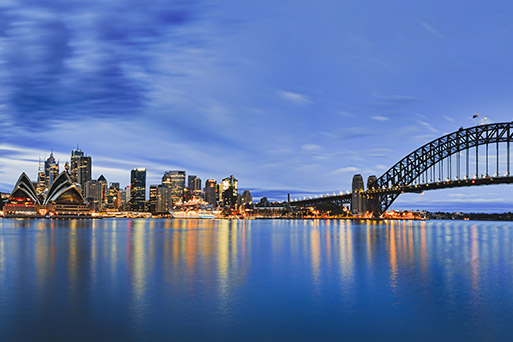A Gold Coast tourism campaign once urged visitors to “come back and play”, but new population data reveals many Australians are instead deciding to stay.
The Australian Bureau of Statistics has released figures on population changes in the cities and regions between 2011 and 2021, and they show Queensland’s holiday hotspot saw the biggest boom outside the capitals.

More people are being drawn to the Gold Coast, and not just for holidays. CREDIT:GETTY
Regional Australia’s population grew by 832,000, or 11 per cent, while the number of people living in the capitals rose by 2.5 million, or 17 per cent.
Of those, Melbourne saw the greatest growth, with 806,800 extra people, followed by Sydney, Brisbane, Perth, Adelaide, Canberra, Hobart and Darwin.
Canberra had the highest growth rate at 23 per cent, while Adelaide had the lowest at 11 per cent.
The latest figures also show the extent of the population boom in the outer suburbs of Sydney and Melbourne, which saw the biggest increases among metropolitan regions.
Wollert in Melbourne’s outer north grew by 24,200 people, while Schofields in Sydney’s north-west added 22,900 people.
The Mickleham and Yuroke region, 26 kilometres north of Melbourne, had the highest growth rate at 1400 per cent. That of Sydney’s Schofields was 960 per cent, while nearby Kellyville’s was 880 per cent.
Some mining and outback areas experienced population declines, including Mount Isa in Queensland and Ashburton in Western Australia.
Outback South Australia’s population fell by 40 per cent.
The trends were in line with shorter-term figures on population movements released quarterly by the Regional Australia Institute and based on Commonwealth Bank borrowing data.
Its latest report shows the Gold Coast is the most popular place for city dwellers to move, a trend largely driven by millennials attracted to its proximity to Brisbane.
The institute’s chief economist, Kim Houghton, last month said about 20 per cent of the population turns over every five years, based on career, family and lifestyle choices.
“We’re a very mobile country by international standards,” Houghton said.
Originally published by Stephanie Gardiner in Brisbane Times. View article HERE.


